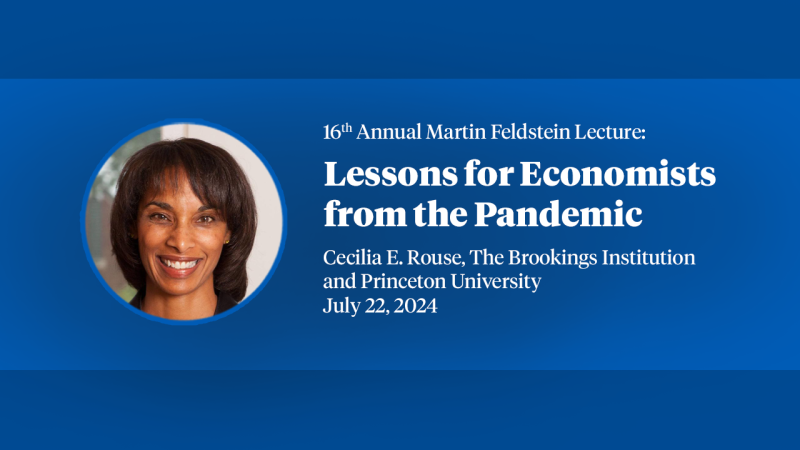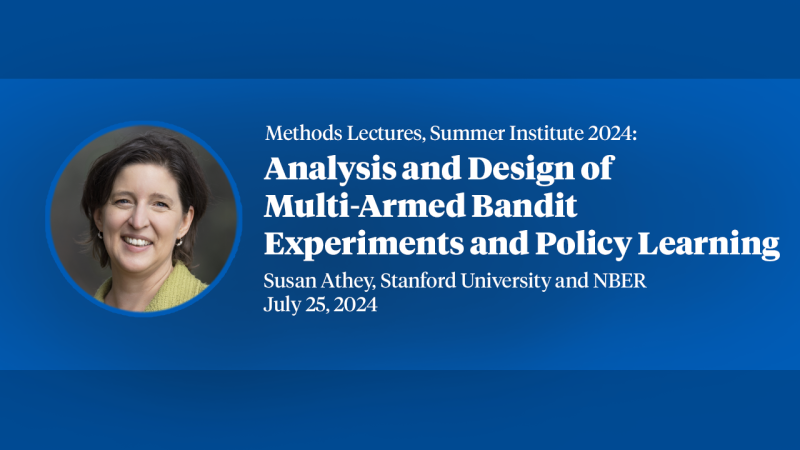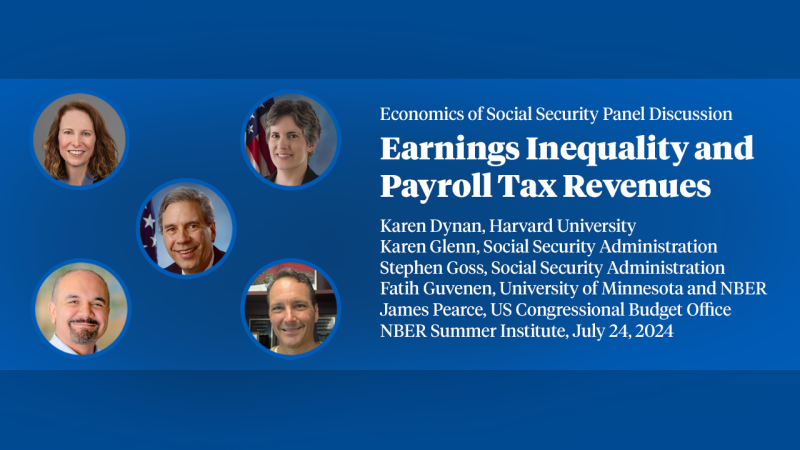The Rise of Absorptive Research in Corporate America: 1945-1980
We study the post-World War II “Golden Age” of American corporate research from 1945 to 1980, using multiple indicators of corporate research activity. We use an ensemble learning approach to classify firms as either Science Leaders, Absorbers or Followers. Our analysis reveals that only a small fraction of firms, whom we call Leaders, invest in internal research that is on the scientific frontier, with the objective to generate breakthrough inventions. Absorbers invest in research principally to absorb external scientific discoveries to fuel their inventive activity. Followers typically generate incremental innovations, using older scientific knowledge. Consistent with this, we find Leaders were more likely to be at the technological frontier, enjoy greater market power, and benefit from government procurement contracts. As universities and startups began to commercialize academic discoveries, the need for “absorptive corporate labs” declined. The shift ultimately transformed the American innovation landscape, deepening the division of innovative labor between universities, startups, and incumbent corporations, with only a select group of Leader firms continuing to invest in basic science.


